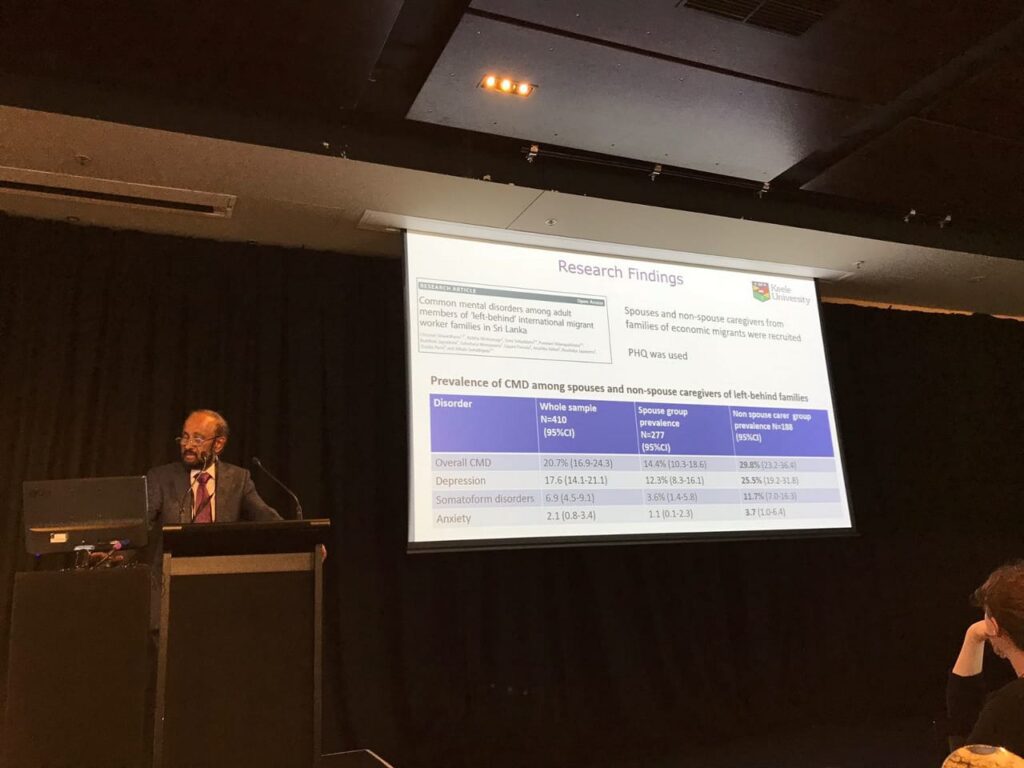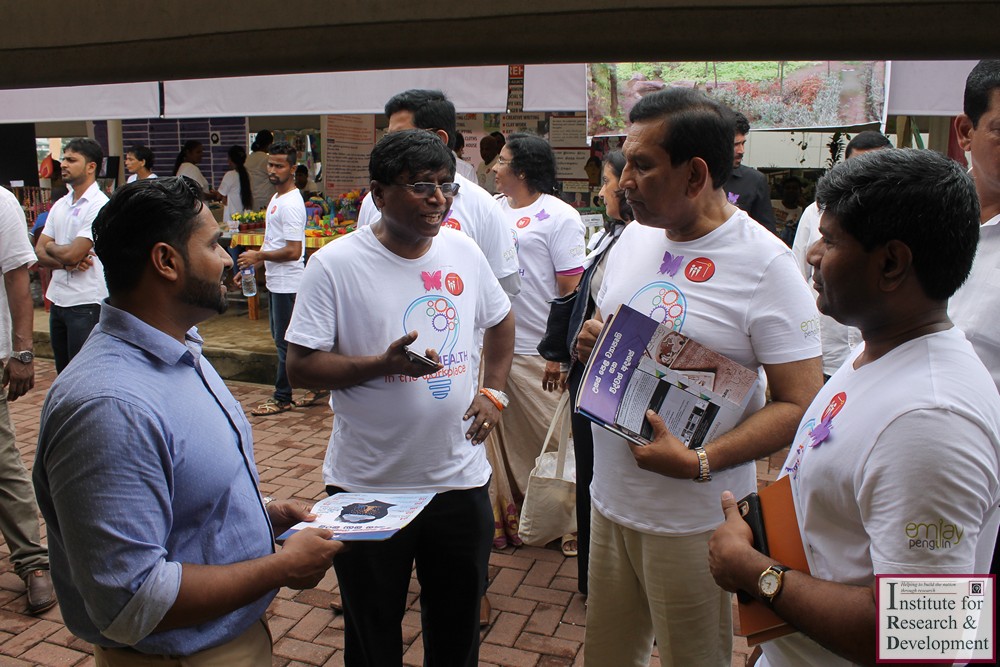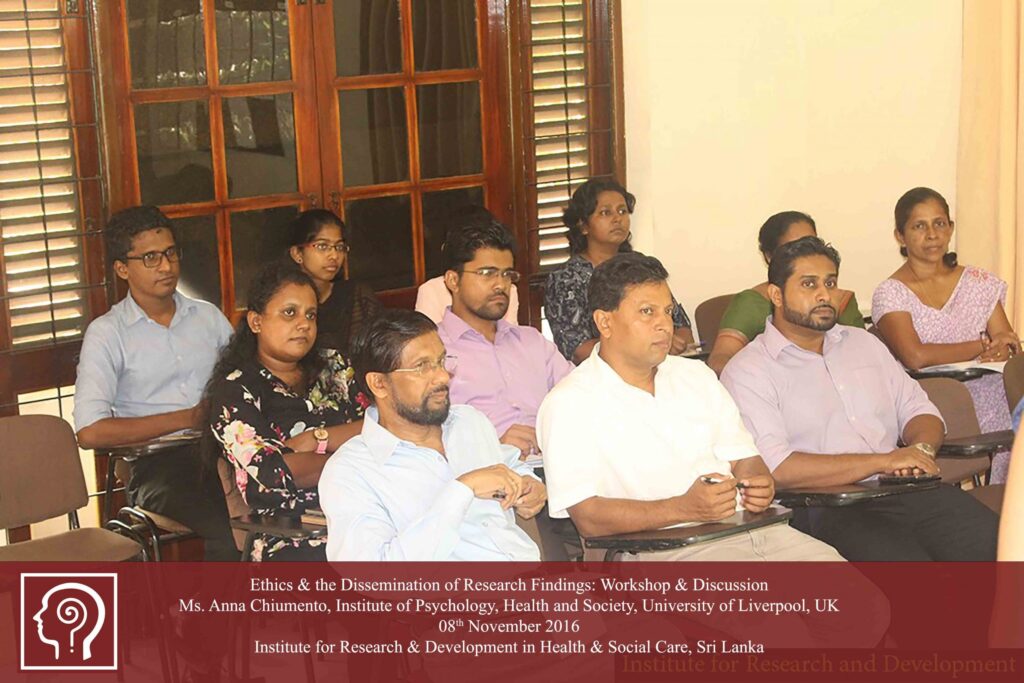Introduction
Dissemination, in the context of research, is the process of sharing research findings with a wider audience. It is an essential step in the research process, as it ensures that the knowledge generated through research is not only stored in academic journals but also reaches those who can benefit from it, such as policymakers, practitioners, and the general public.
Here are some of the key reasons why dissemination is important:
1. To Advance Knowledge: When research findings are disseminated, they become available to other researchers who can build on them and advance the field of knowledge. This cumulative process of research leads to new discoveries and innovations that can improve our understanding of the world and solve complex problems.
2. To Inform Decision-Making: Research findings can be used to inform decision-making in a variety of settings, such as policymaking, healthcare, and business. For example, policymakers can use research evidence to develop informed policies that address social and economic issues, while healthcare providers can use research findings to make evidence-based decisions about patient care.
3. To Improve Public Understanding of Science: Research dissemination can help to improve public understanding of science and encourage more people to engage with scientific research. This is particularly important in today’s society, where scientific knowledge is often misrepresented or misunderstood. By making research findings accessible and understandable to the public, we can promote informed decision-making and dispel myths and misconceptions about science.
4. To Promote Collaboration: Research dissemination can promote collaboration between researchers, leading to new discoveries and innovations. When researchers are aware of each other’s work, they can identify opportunities to collaborate on projects, share data and expertise, and build on each other’s findings.
5. To Ensure Accountability: Research dissemination can help to ensure that researchers are accountable for their work and that their findings are transparent and accessible. By making research findings public, researchers are subject to scrutiny from their peers and the public, which can help to identify errors or biases in the research.
- Participating in research design and development: Patients and the public can provide valuable input on the design of research studies, ensuring that the research is relevant to their needs and priorities. They can also help to develop research materials and tools, such as questionnaires and interview guides.
- Collecting and analyzing data: Patients and the public can be involved in collecting and analyzing data, providing a unique perspective on the research question. They can also help to identify and interpret patterns in the data.
- Disseminating research findings: Patients and the public can help to disseminate research findings to a wider audience, including other patients, the public, and healthcare professionals. They can also help to translate research findings into actionable recommendations.
PPIE in research has been shown to have a number of benefits, including:
- Improved relevance of research: PPIE can help to ensure that research is relevant to the needs and priorities of patients and the public. This can lead to more effective research that is more likely to have a positive impact on health.
- Improved quality of research: PPIE can help to improve the quality of research by providing a different perspective on the research question and by identifying potential biases. This can lead to more reliable and trustworthy research findings.
- Increased public trust in research: PPIE can help to increase public trust in research by demonstrating that the research community is open to and values the input of patients and the public. This can lead to greater public participation in research and greater support for research funding.
There are a number of ways to implement PPIE in research. Some common approaches include:
- Establishing patient and public advisory groups: These groups can provide input on all aspects of research, from identifying research questions to disseminating research findings.
- Involving patients and the public in research design and development: Patients and the public can be involved in developing research protocols, questionnaires, and other research materials.
- Collecting and analyzing data: Patients and the public can be involved in collecting data, such as by conducting interviews or surveys. They can also be involved in analyzing data, such as by identifying patterns and trends.
- Disseminating research findings: Patients and the public can be involved in disseminating research findings, such as by writing blog posts, giving presentations, or participating in media interviews.


















